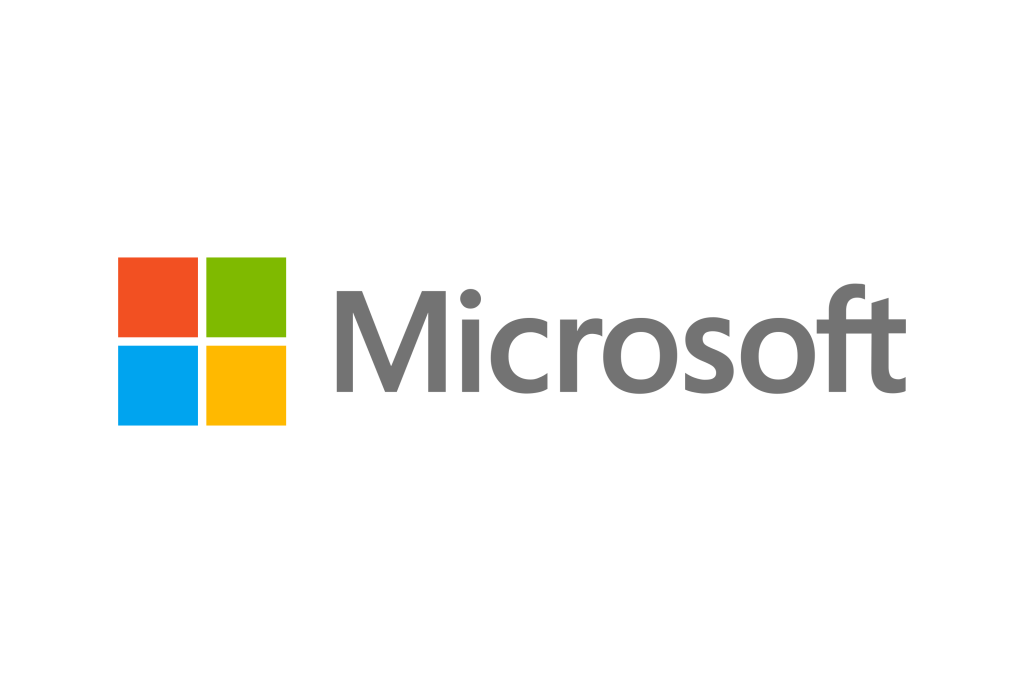In 2025, the economy of the world is still transforming. Some businesses are increasing bigger, making more money, and having more authority than others. A lot of research went into making this list of the ten biggest firms in the world in 2025. It gives you a new perspective on the big digital companies that are reshaping sectors, leading the way in new ideas, and setting global standards. These corporations are in charge of a variety of vital fields, such as technology, energy, retail, finance, and manufacturing. Their market value, annual income, presence around the world, and impact on the international economy as a whole all illustrate how strong they are.
This list shows you which companies have stayed on top and which new ones have come out to compete. It also highlights how the world of business has changed as technology, politics, and how customers act have all altered. This list illustrates how many people work for the biggest corporations in the world in 2025 and how big they are. Anyone who wants to know more about the top corporations in the world can utilise it. This includes investors, business experts, students, and others. Learn about these huge companies, how they grow, and how they affect people all across the world. Banks, giant IT businesses with branches all over the world, and big energy companies will be among the ten biggest companies in the world in 2025. It will help you comprehend how the economy is changing right now.
The Top Ten Biggest Companies In The World In 2025
10. Berkshire Hathaway

Berkshire Hathaway secured the tenth position among global giants in 2025, with a market value hovering around 1 trillion dollars. This iconic investment firm, steered by Warren Buffett, holds significant stakes in various well-known companies such as Coca Cola, Apple, and Bank of America. With a unique structure that combines an investment portfolio and multiple insurance operations, Berkshire Hathaway benefits from a steady flow of insurance float and long term capital gains. Its diversified holdings across sectors like energy, railways, and insurance have helped smooth revenue cycles against market volatility.
A growing focus on renewable energy through MidAmerican Energy gives it a future ready investment profile. Stability, hands off management, and a reputation for value investing have underpinned its sustained presence among the world’s largest companies. While tech companies dominate headlines, this trader’s firm demonstrates how long term strategy and diversified holdings continue to offer resilience in a fast moving global economy.
9. Taiwan Semiconductor Manufacturing Company (TSMC)
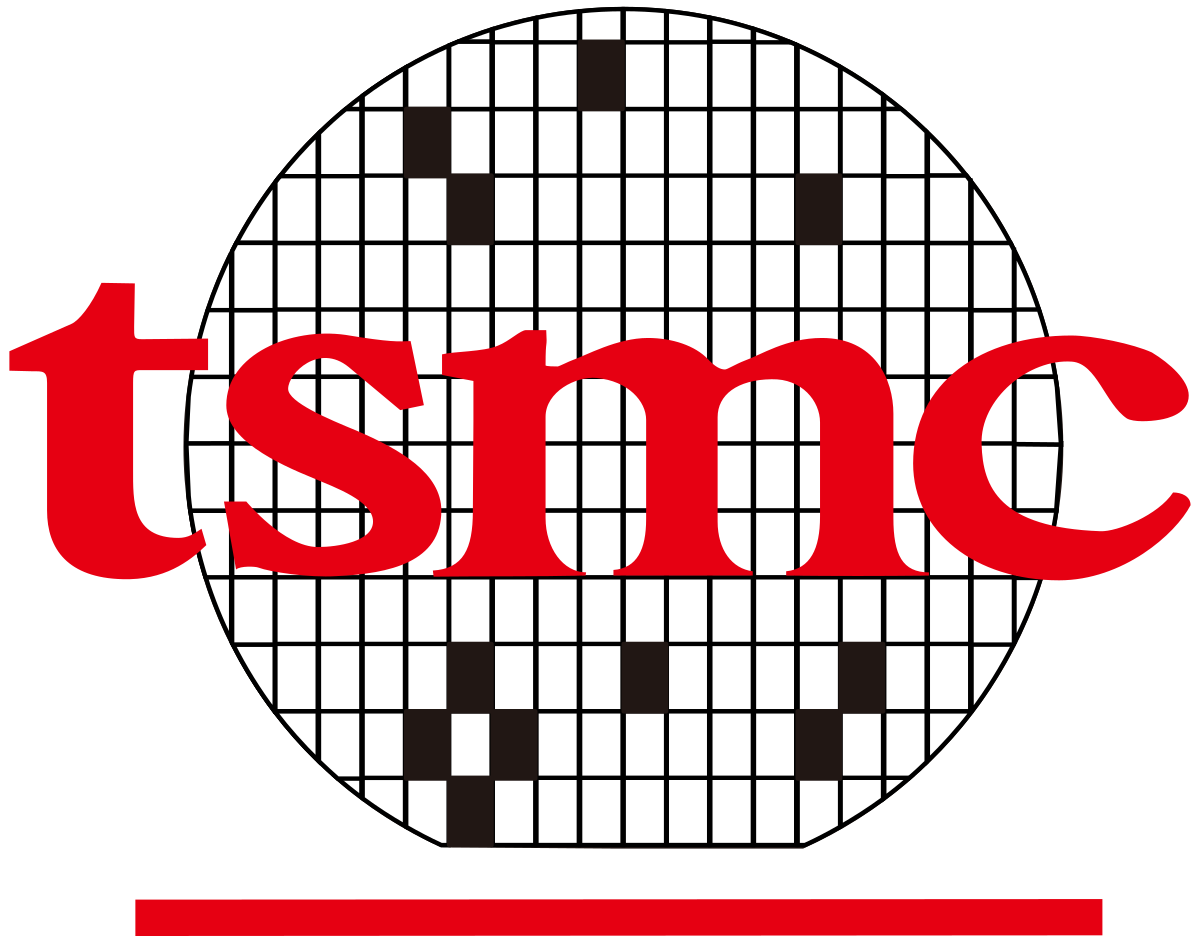
In 2025, TSMC claimed the ninth largest spot with a market cap just above 1.1 trillion dollars. As the world’s leading contract chip maker, it produces advanced silicon for giants like Apple, Nvidia, and Qualcomm. Its cutting edge manufacturing at 3 nanometer and 2 nanometer nodes gives it a fierce competitive edge. Surging demand for AI, smartphones, and electric vehicles has driven TSMC’s quarterly revenues up by more than 30 percent year over year.
The company’s global reach extends from Taiwan to expansion plans in the United States, adding resilience to its supply chain and helping to win contracts from leading tech firms. With chip shortages continuing and more industries adopting AI and automation, TSMC stands at the core of the technology ecosystem. Though subject to geopolitical pressure, the company’s unmatched technical leadership and strategic capacity growth protect its long term outlook.
8. Broadcom
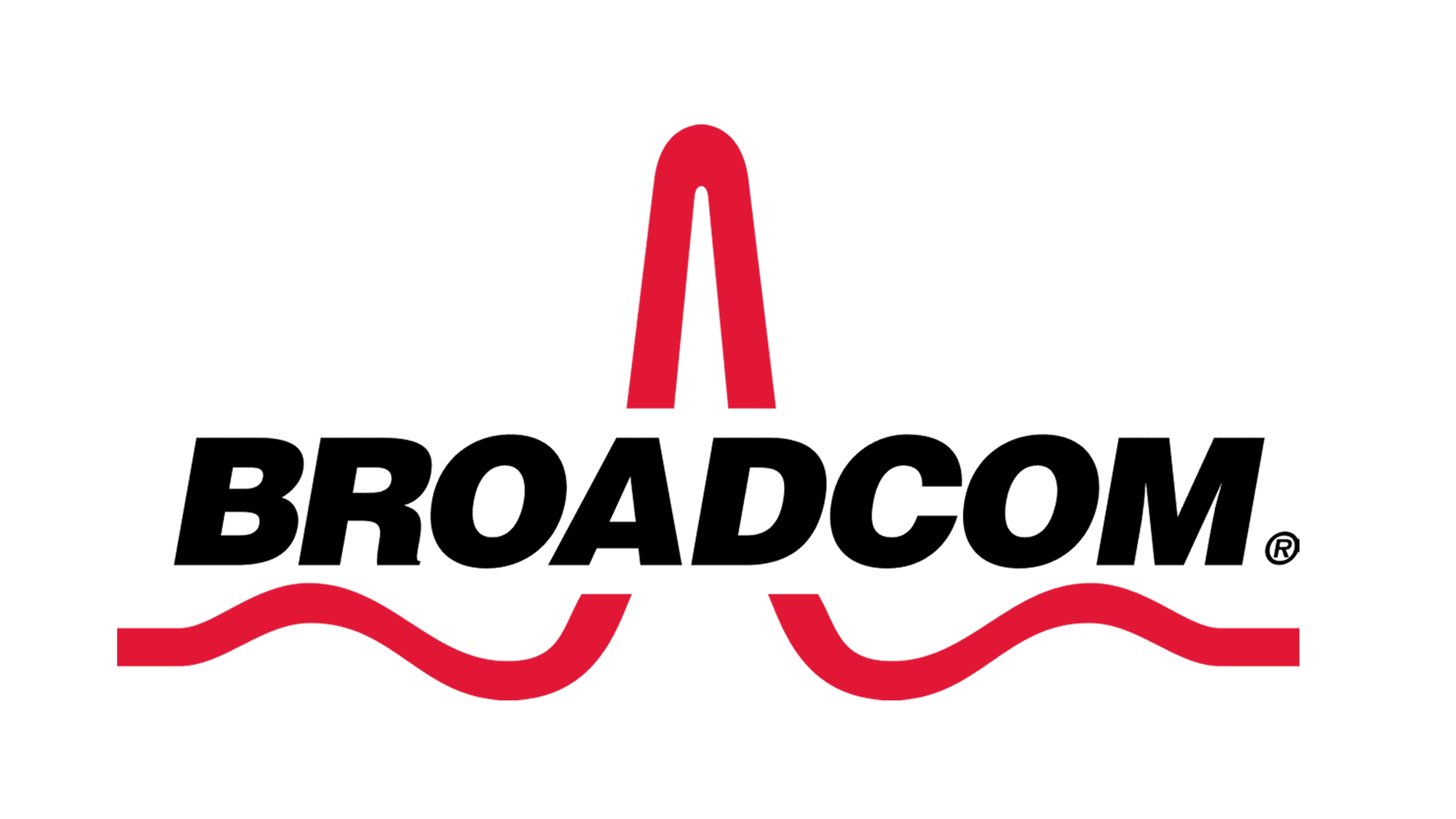
Ranked eighth in market value with a capitalization around 1.27 trillion dollars, Broadcom is a key player in semiconductor and infrastructure software. Known for its high performance chips used in data centers, networking, and storage, the company has steadily grown through strategic acquisitions such as Symantec’s enterprise security unit and VMware. Broadcom’s hybrid model combining hardware and software creates stable recurring revenue and broad market exposure.
Investor confidence in Broadcom stems from its strong cash flows, healthy profit margins, and continued investment in AI optimized silicon. Though it navigates cyclical demand in infrastructure spending, its diversified product lines and integration capabilities have balanced risk. As cloud, 5G, and edge computing expand, Broadcom’s role in enabling digital infrastructure cements its position among top global companies.
7. Saudi Aramco

Saudi Aramco, the national oil champion of Saudi Arabia, ranked seventh with a market cap of approximately 1.56 trillion dollars. It remains the largest integrated oil and gas firm globally, with low cost upstream operations, massive refining capacity, and robust petrochemicals assets. With steady cash generation from oil exports priced around 80 to 90 dollars per barrel, Aramco has distributed significant dividends to shareholders and reinvested in expansion projects.
A focus on petrochemical downstream diversification and cleaner energy investments strengthens its long term competitive position. Aramco must manage global energy transition risks and volatility of crude oil markets, but its cost structure and scale give it unique resilience. As energy consumption shifts, Aramco is investing in natural gas and carbon capture technology while continuing to support the global energy supply. Its valuation underscores the strategic importance of traditional energy producers in the broader economy.
6. Meta Platforms

Meta Platforms, formerly known as Facebook, sits at number six with a market value near 1.78 trillion dollars. The social media colossus spans Facebook, Instagram, WhatsApp and develops virtual reality through its Reality Labs division. A pivot to artificial intelligence has improved its news feed, ad targeting and cost structure. Meta’s advertising business has rebounded after previous slowdown, driven by improved monetization and increased user engagement.
Its vision for the metaverse remains long term, but investments in VR hardware and virtual environments signal a strategy beyond the core platform. Meta’s scale, audience data and technical capabilities support continued dominance in online social interaction. While regulatory oversight and privacy concerns persist, the company’s profitability and ambitious plans for connected virtual platforms reinforce its place among the largest firms worldwide.
5. Alphabet (Google)

Alphabet, the parent company of Google, is ranked fifth with a market cap of about 2.08 trillion dollars. It commands global dominance in search, online advertising, cloud services and mobile through Android. Advertising revenue remains its primary pillar, supplemented by YouTube, Google Cloud Platform, and hardware such as Pixel phones and Nest home products. Ongoing AI investment is shaping search algorithms, voice services, and data center infrastructure.
Alphabet also explores long term projects in autonomous driving through Waymo and life sciences via Verily. With a highly diversified revenue model and steady innovation roadmap, Alphabet combines stability and growth potential. Antitrust scrutiny and competition in cloud computing are challenges, but its ecosystem integration and AI leadership secure a bright long term outlook.
4. Amazon
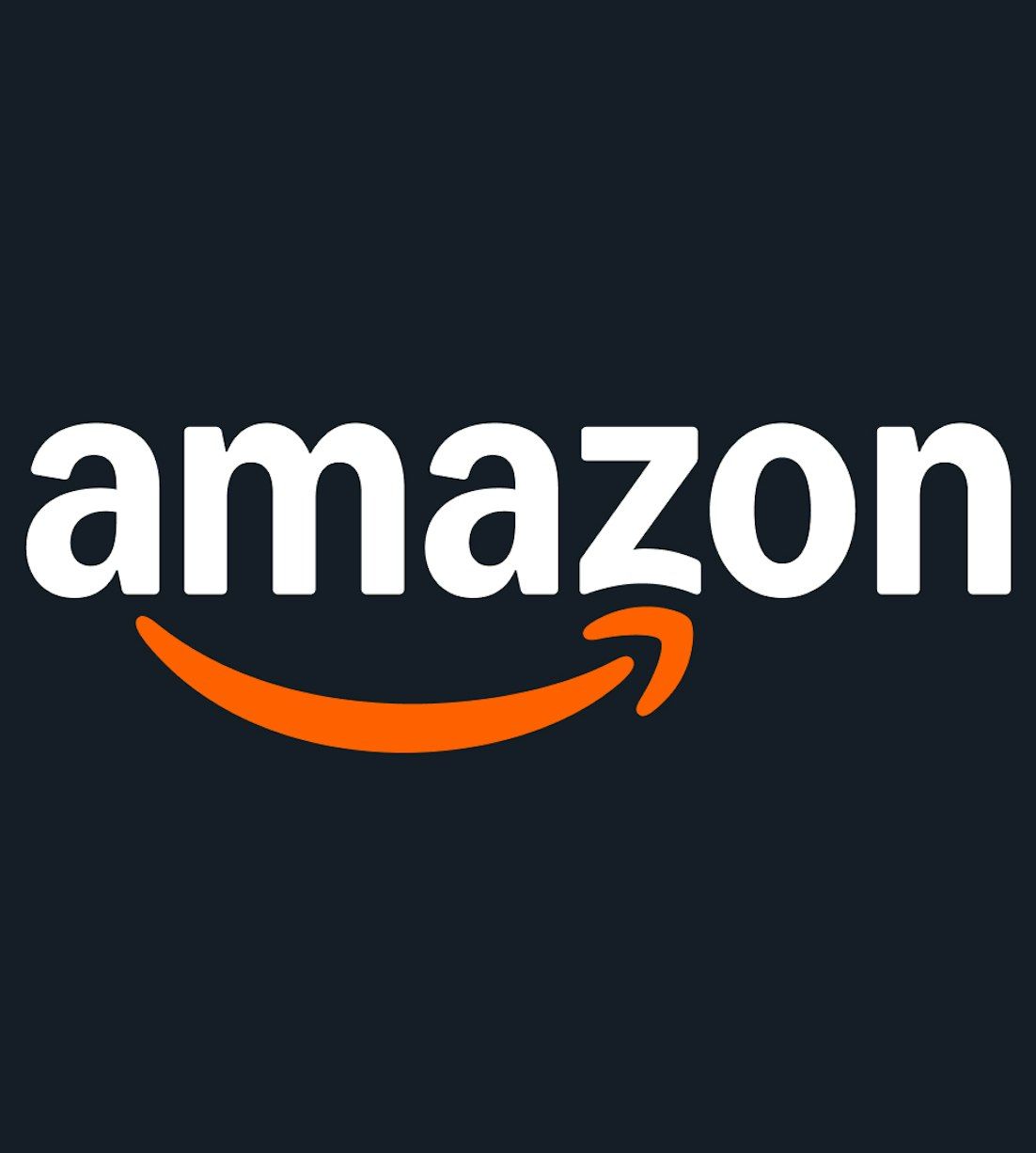
Amazon holds the fourth position with a market valuation close to 2.34 trillion dollars in mid 2025. It dominates global ecommerce and cloud computing with Amazon Web Services. AWS remains the profit engine, funding expansion in areas like entertainment, logistics, and AI powered supply chain systems. Amazon’s retail arm continues to improve margins through automation, data analytics, and in house brands.
Subscription revenues like Prime services and media content contribute to recurring revenue. The company has also pushed deeper into advertising, competing with Google and Meta. Rapid delivery, customer loyalty and cross platform integration help retain dominance. Challenges include labor costs, regulatory scrutiny, and emerging rivals, but Amazon’s scale, logistics infrastructure and diversified revenue streams give it an edge in driving future growth and profitability.
3. Apple

As of June 2025, Apple is the third largest public company, boasting a market cap of over 3.1 trillion dollars. The iconic consumer technology brand continues to thrive on iPhone sales, with complementary growth in services such as the App Store, iCloud, Apple Music and Apple Pay. Wearables like AirPods and Apple Watch are becoming major revenue pillars. Apple’s upcoming mixed reality headset and early AI integrations show a shift toward immersive computing and next generation platforms.
Its premium pricing, tight hardware software integration and loyal customer base underpin consistent margins. Brand strength and global distribution continue to withstand broader market swings. While regulation, supply chain complexity and competition loom, Apple’s innovation pipeline and recurring revenue growth maintain its position among the world’s most valuable firms.
2. Microsoft
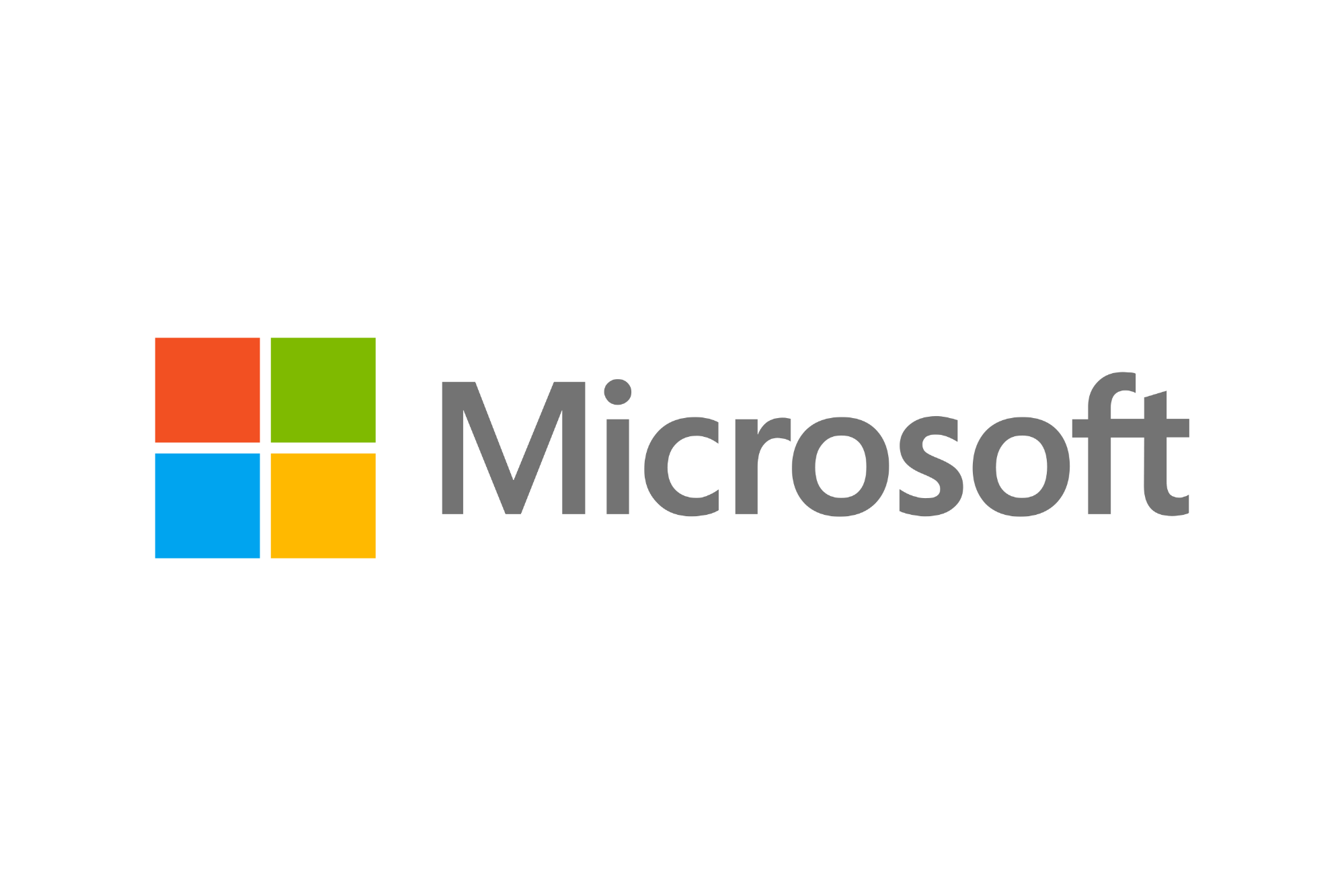
Microsoft claimed the second position by June 2025, with a market cap near 3.66 trillion dollars. The company thrives on diversified revenue from cloud computing via Azure, enterprise software, productivity suites and gaming. Azure leads the public cloud market and integrates OpenAI technology, driving enterprise AI adoption. Recurring income from Microsoft 365, Dynamics, GitHub and LinkedIn adds stability.
Its gaming business includes Xbox, Game Pass subscriptions and studio acquisitions. Synergies between AI, cloud and productivity tools position Microsoft for sustained growth in the corporate sector. Regulatory pressures are managed through compliance and scale. With enterprise focus, broad product scope and strong margins, Microsoft remains one of the most influential and valuable companies worldwide.
1. Nvidia
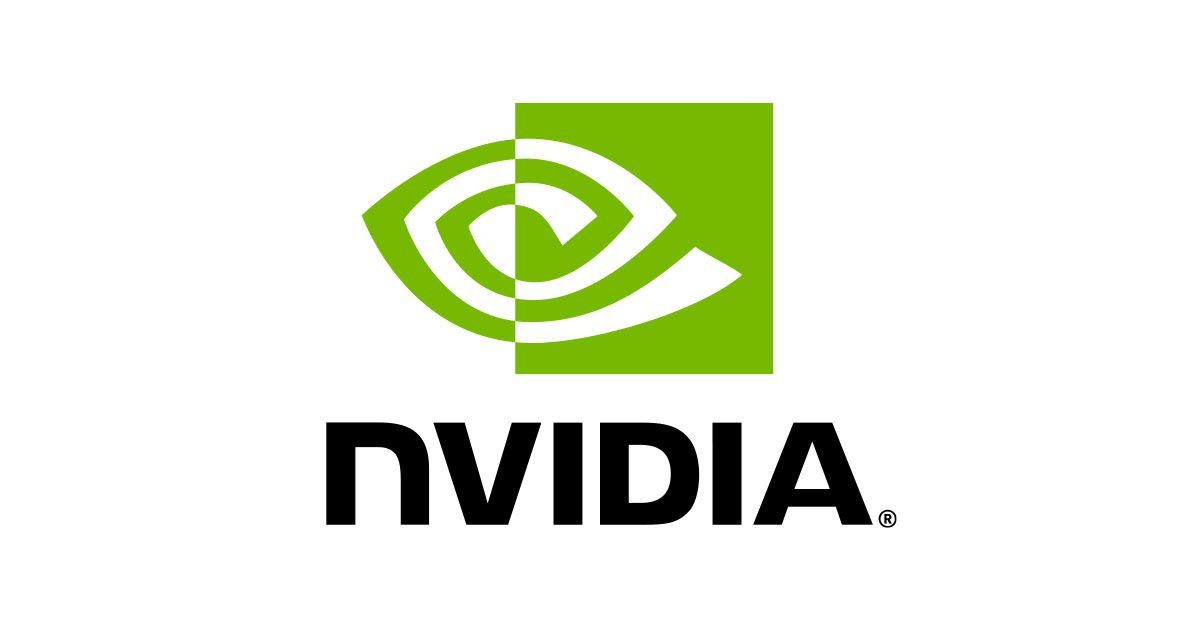
Nvidia sits atop the 2025 global chart with a market valuation of about 3.78 trillion dollars, surpassing its nearest rival Microsoft. The company leads in graphics processing units which have become essential for artificial intelligence, data center workloads, and autonomous systems. Its high performance chips are the backbone of modern AI infrastructure, and its CUDA software ecosystem gives developers a powerful toolset. Nvidia also released large language models under an open license and is expanding its reach into robotics, automotive AI platforms, and security frameworks. Even amid export challenges to China, robust earnings forecasts and investor enthusiasm for AI driven growth have kept the stock at record highs. As businesses from healthcare to finance deploy its technology, Nvidia’s position as the world’s most valuable company underlines its role as a cornerstone of the global AI revolution.

